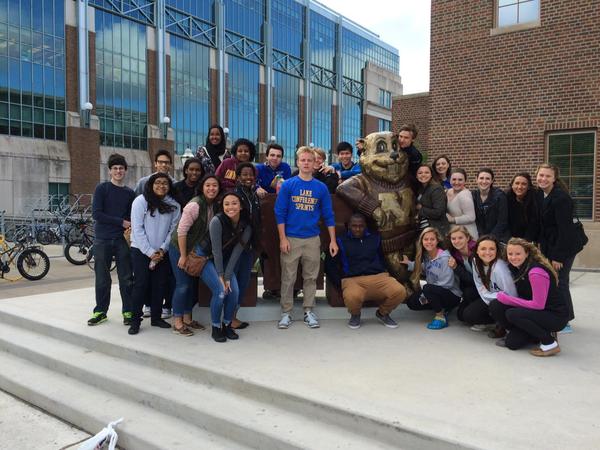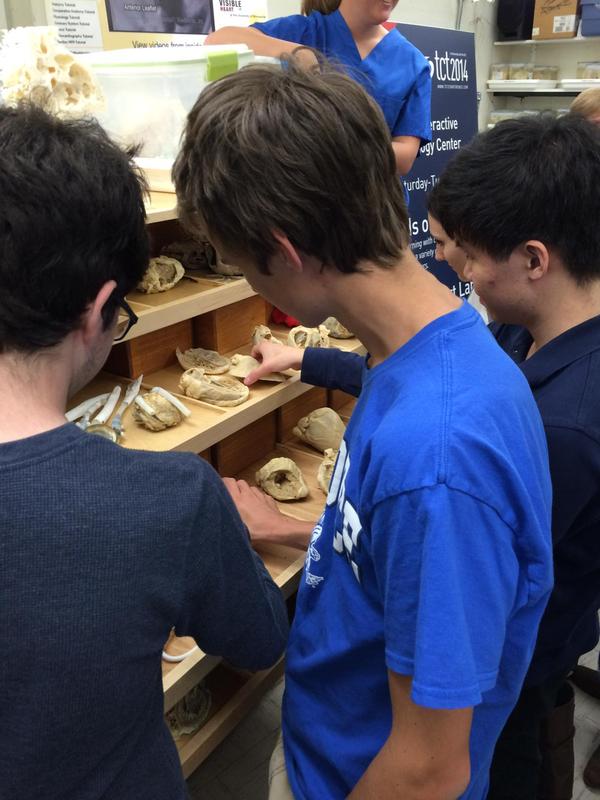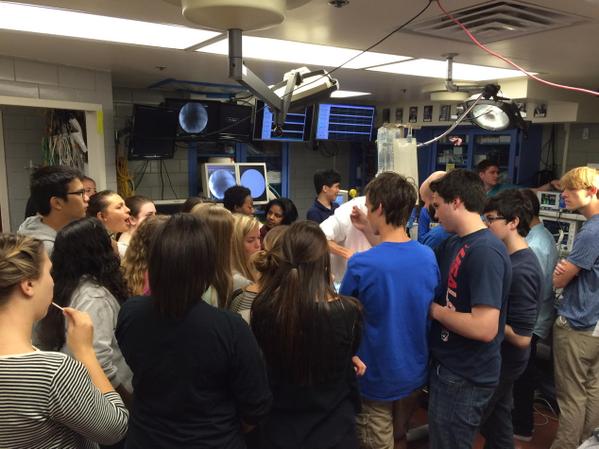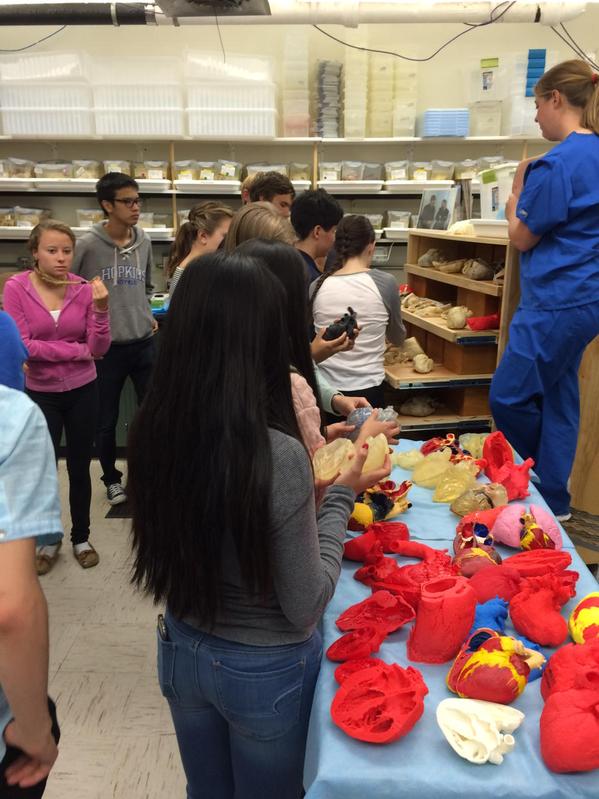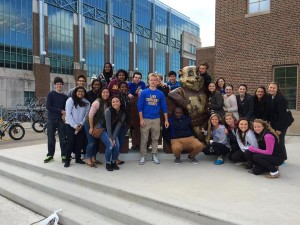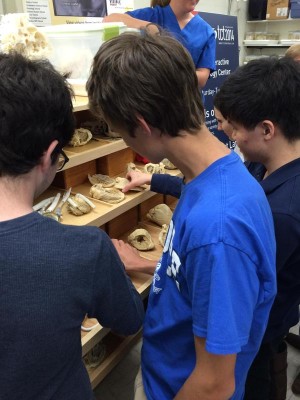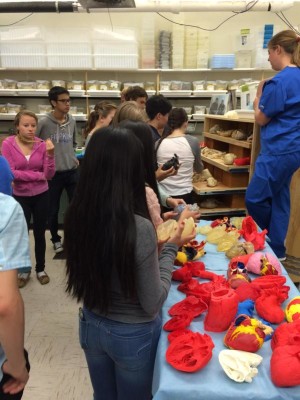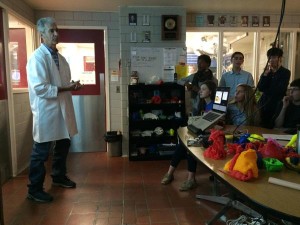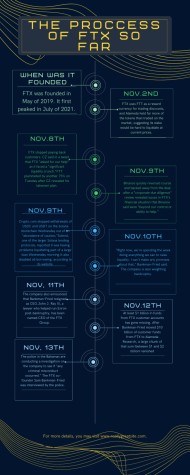Anatomy and Physiology class experiences Visible Heart Lab
May 14, 2015
26 students from Mr. Michael Harris’ Anatomy and Physiology class experienced the Visible Heart Lab on the University of Minnesota – Twin Cities campus on May 12.
Led by Dr. Paul Iaizzo, Professor of Surgery and Principal Investigator of the Visible Heart Lab, students watched and assisted in the dissection of a 220-pound pig. Students had the opportunity to feel the pig’s beating heart, as well as watch as Iaizzo’s team make its heart beat outside the body.
The Visible Heart Lab was created in 1997 in a collaboration with Medtronic, Inc., a medical technology and services company headquartered in the Twin Cities. The lab is mainly used to perform transitional systems physiology research, which uses findings from donated animals and applies them to humans. The relationship between the University of Minnesota and Medtronic, Inc. allows the company to test and experiment with their latest devices while offering a unique educational experience for students.
HHS students also had the opportunity to examine the anatomy of the pig and apply material they’ve learned throughout the semester. For many, it was their favorite anatomy and physiology class yet.
“I like the hands-on experiences because you read about it in the textbook, but then you get to see an actual professor and what he does [regarding the subject],” said Kyrsten Elemino, senior. “It felt cool to understand some of the terminology they were using, and how everything we’ve been learning is applied in different situations.”

